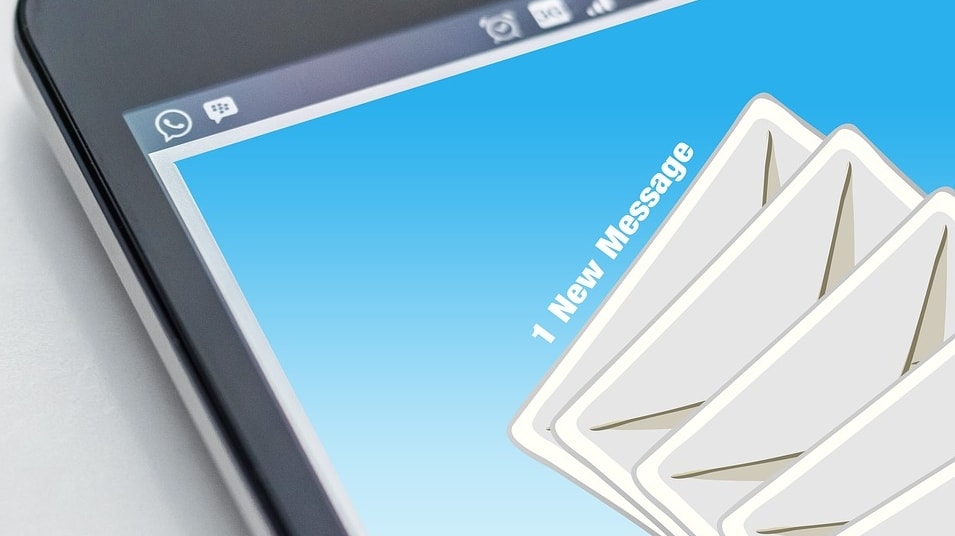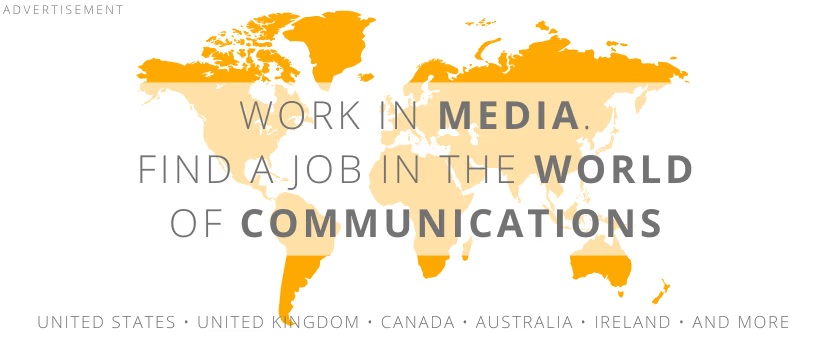 photo: Gerd Altmann/CC0/Pixabay.com
photo: Gerd Altmann/CC0/Pixabay.comThese factors are the sender’s name, the email subject line, and infrastructure quality, which ensures that messages aren’t treated as SPAM. Messages sent to the spam folder are rarely checked by recipients, which means advertisers’ money is wasted.
A survey by ARC Rynek i Opinia for Redlink found:
- 44% of Poles receive fewer than 10 promotional emails daily,
- 32% receive between 11 and 20 such emails daily,
- and 1 in 10 receives more than 20.
- The average Pole receives about 20 promotional emails daily. This is a significant amount, especially when combined with personal and work emails, adding up to dozens or even hundreds of emails daily, - says Tomasz Pakulski, Managing Director at Redlink, in an interview with Newseria Biznes. - Therefore, companies running email marketing campaigns find it increasingly challenging to stand out from the competition.
A company wanting to grab the recipient’s attention must focus on three elements that determine the open rate:
- sender’s name - the most important factor for 50% of respondents
- subject line - crucial for 49% of those surveyed
- content - most important for 36% of survey participants
The sender’s name is the most critical factor for half of the respondents. This detail is visible in every email program, so it’s important to indicate the company sending the promotional email. Tomasz Pakulski emphasizes that using ambiguous names, such as an employee’s name or fictitious information, can result in users ignoring the email.
The second factor influencing the open rate is the subject line. It should be relatively short, ideally under 50 characters, as emails are increasingly opened on mobile devices.
- It should also contain specific information about the benefit of opening the email. If there’s a 20% discount, state it in numeric form because users like numbers and they attract attention, - says Tomasz Pakulski in an interview with Newseria Biznes. - Visual elements like graphics and colors are less critical to recipients. Marketers often fall into the trap of overinvesting in email design, involving graphic designers, coders, creative departments, and advertising agencies to create engaging designs. However, design ranks third among elements users pay attention to.
Promotional emails can end up in three places: the main inbox, special sorting folders (such as offers tabs), or the SPAM folder. One-third of surveyed Poles do not read emails that end up in SPAM. To reach customers effectively, a company must ensure it has the right infrastructure for sending emails.
COMMERCIAL BREAK
New articles in section Marketing and PR
Dance in the media mirror. Between culture, business and viral fame
KFi
Over 78,000 media pieces, 1.6 billion potential views, and 197,500 social media mentions-dance in Poland is no longer niche. With a combined media value exceeding PLN 800 million, it now outperforms MMA, handball, and hockey.
PR in Poland. Ranking of the largest public relations agencies 2025
KFi
The smallest teams often generate the most publications, and agencies outside Warsaw are increasingly capturing media attention. This unexpected distribution of power is one of the key findings from the 2025 PR Agency Ranking in Poland, developed by Widoczni and IMM.
Connected TV and borderless advertising. The ID5 report
KFi
Viewers are moving away from cable TV. And they are doing it en masse. Already 86% of Europeans watch content via Connected TV and global ad spend in this segment is set to double by 2028. The industry is undergoing a communication revolution.
See articles on a similar topic:
A Good Product is Not Enough. New Realities for Marketing are Coming
Reporterzy.info
- Brands face many tests in credibility and transparency in the coming years. The era of neutrality is over - predicts Maciej Swoboda, Chief Revenue Officer at the agency Funktional, in an interview with Reporterzy.info.
Browser Fingerprinting. Marketing Uses Digital Traces
BARD
A fingerprint created for each browser can identify not only a device but also a specific user. The data collected this way is mainly used for marketing purposes, which can result in cases where, for instance, a Mac user pays up to 30% more for the same product than a PC user.
Email Marketing Done Right. How to Avoid Ending Up in SPAM
BARD
One in three Poles receives between 10 and 20 promotional emails daily, and more than half receive at least 10, according to a study by Redlink. For an email to stand out among the competition and be read by the recipient, three key factors are essential, capturing the most attention from recipients.
Cold Mailing: What is the Optimal Word Count for Best Results?
Krzysztof Fiedorek
Forget about popular guidelines for marketers that can be found on Google. An analyst from Hunter.io conducted a study of a massive database of 34 million emails requesting contact. It turns out that the world of marketing cold mailing looks quite different today.





























